Home>Articles>What Is Green Architecture? How To Build An Eco-Conscious Home
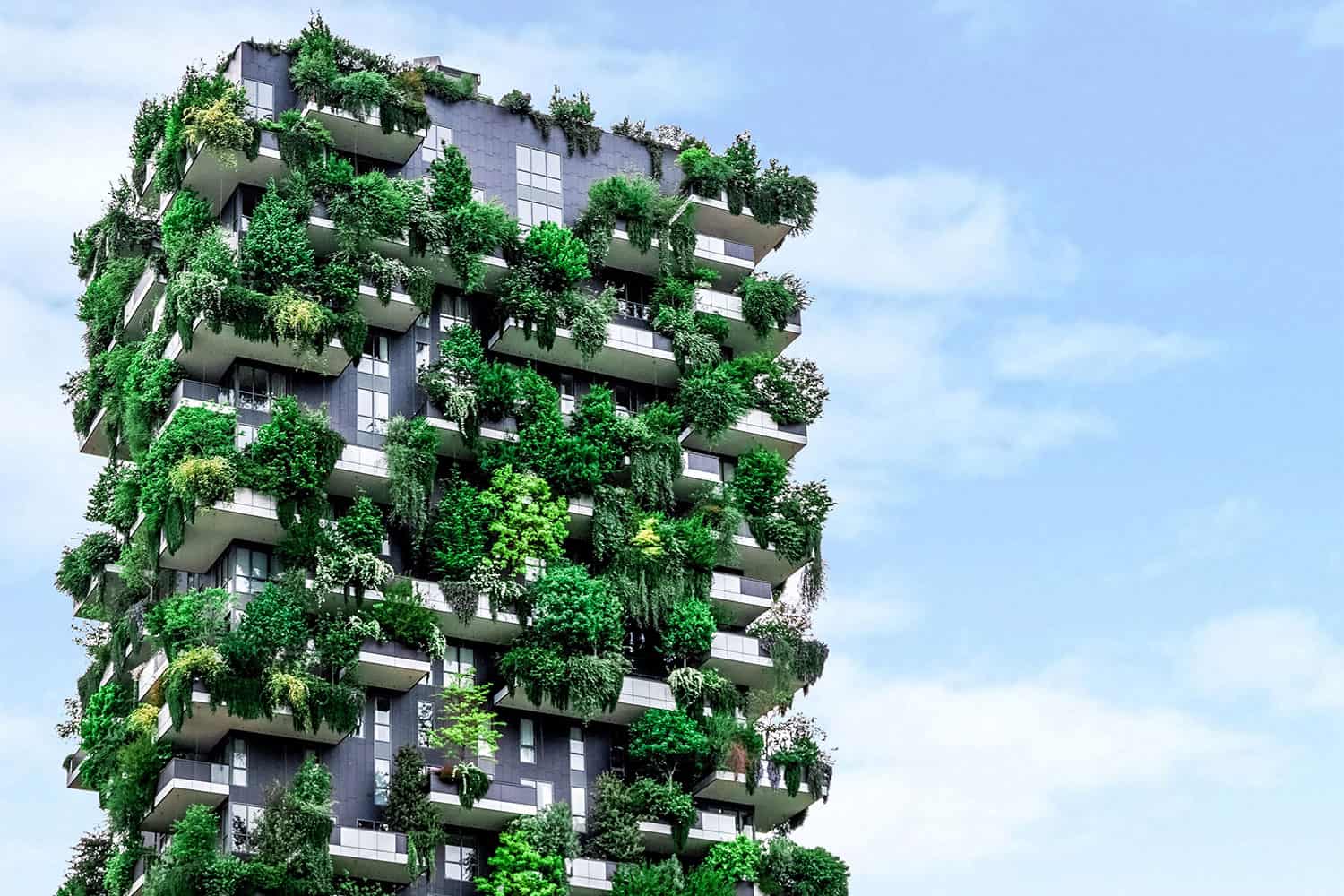

Articles
What Is Green Architecture? How To Build An Eco-Conscious Home
Modified: August 28, 2024
Learn all about green architecture and how to build an eco-conscious home with our informative articles. Enhance sustainability and create a greener living space.
(Many of the links in this article redirect to a specific reviewed product. Your purchase of these products through affiliate links helps to generate commission for Storables.com, at no extra cost. Learn more)
Introduction
Welcome to the world of green architecture, where innovation meets sustainability. In a time when environmental concerns are at the forefront, green architecture offers a solution to create eco-conscious and energy-efficient homes. But what exactly is green architecture?
Green architecture, also known as sustainable architecture or eco-architecture, is an approach to designing and constructing buildings that prioritize environmental responsibility. It goes beyond simply using energy-efficient materials or technologies; it encompasses a holistic approach to minimize the negative impact on the environment while maximizing the health and well-being of the inhabitants.
By incorporating environmentally-friendly practices and utilizing renewable resources, green architecture aims to create buildings that are not only harmonious with nature but also promote a healthier and more sustainable lifestyle.
Now, you may be wondering why green architecture is important. The answer lies in the many benefits it offers, both for individuals and the planet as a whole.
Key Takeaways:
- Embracing green architecture means prioritizing sustainability, energy efficiency, and occupant well-being. It’s a responsible and proactive approach to building that harmonizes with nature and creates a healthier, more sustainable future.
- Green architecture offers numerous benefits, including reducing environmental impact, improving energy efficiency, promoting water conservation, and enhancing indoor air quality. By embracing sustainable building practices, we can create a better future for ourselves and future generations.
Definition of Green Architecture
Green architecture is a design philosophy and approach that emphasizes sustainable and environmentally-conscious building practices. It seeks to minimize the negative impact of construction and operation on the environment, while maximizing energy efficiency, resource conservation, and occupant health and well-being.
Green architecture takes into consideration various factors such as site selection, building materials, energy consumption, water usage, waste management, and indoor air quality. The goal is to create buildings that are integrated with their surroundings, reduce carbon emissions, and enhance the overall quality of life for both present and future generations.
One key aspect of green architecture is the use of sustainable materials, which are renewable, recycled, or have a low impact on the environment. These materials can include bamboo, reclaimed wood, recycled steel, natural stone, and low VOC (Volatile Organic Compound) paints. By selecting these materials, the environmental footprint of the construction process is reduced.
Another important feature of green architecture is energy efficiency. This can be achieved through various strategies, such as incorporating proper insulation, utilizing natural lighting and ventilation, installing energy-efficient appliances and lighting fixtures, and implementing renewable energy sources like solar panels or wind turbines.
Water conservation is also a crucial element of green architecture. By utilizing features such as rainwater harvesting systems, low-flow fixtures, and gray water recycling, buildings can significantly reduce water consumption and minimize strain on local water resources.
Moreover, green architecture focuses on creating healthy indoor environments. This is achieved by using non-toxic building materials, ensuring good air quality through proper ventilation and air filtration, and incorporating biophilic design elements that connect people with nature.
Overall, green architecture aims to minimize the environmental impact of buildings, reduce energy consumption, conserve resources, and promote the well-being of occupants. It is a proactive and sustainable approach to construction that aligns with our responsibility to protect and preserve the planet for future generations.
Benefits of Green Architecture
Green architecture offers a multitude of benefits, covering environmental, economic, and social aspects. Let’s delve into some of the key advantages:
- Environmental Sustainability: Green architecture reduces the negative impact on the environment by minimizing energy consumption, conserving natural resources, and reducing carbon emissions. By using renewable energy sources and sustainable building materials, it helps combat climate change and promotes a healthier and more sustainable planet.
- Energy Efficiency: One of the most significant benefits of green architecture is the emphasis on energy efficiency. By integrating features such as proper insulation, energy-efficient appliances, and smart technologies, buildings can significantly reduce their energy consumption. This not only helps the environment but also leads to substantial cost savings for homeowners through lower energy bills.
- Improved Indoor Air Quality: Green architecture focuses on creating healthy indoor environments by using non-toxic materials, ensuring proper ventilation, and incorporating natural lighting. This improves overall air quality, reducing the risk of respiratory diseases, allergies, and other health issues. Clean indoor air also enhances productivity and helps create a more comfortable living space.
- Water Conservation: Green architecture incorporates water-saving strategies, such as rainwater harvesting systems, low-flow fixtures, and gray water recycling. These measures significantly reduce water consumption, conserve resources, and contribute to the responsible use of water, especially in regions facing water scarcity.
- Financial Savings: While the upfront costs of implementing green architecture may be higher, the long-term financial benefits outweigh the initial investment. Energy-efficient buildings reduce energy bills, and the use of sustainable materials and technologies can result in lower maintenance and operating costs. Moreover, green buildings often have higher resale values and attract environmentally-conscious buyers.
- Enhanced Well-being: Green architecture takes into account the well-being of the occupants. By incorporating natural light, connections to nature, and comfortable indoor environments, it promotes physical and mental well-being. Studies have shown that living and working in green buildings can lead to increased productivity, reduced stress levels, and improved overall quality of life.
These are just a few of the many benefits of green architecture. By adopting sustainable building practices, we can create a better future for ourselves and the generations to come. Not only does it have positive environmental impacts, but it also improves our health, saves money, and contributes to a more sustainable and resilient society.
Principles of Green Architecture
Green architecture is guided by a set of principles that prioritize sustainability, energy efficiency, and environmental responsibility. These principles serve as a roadmap to creating buildings that are both eco-friendly and aesthetically appealing. Let’s take a closer look at some of the key principles underlying green architecture:
- Sustainable Site Planning: Green architecture starts with thoughtful site selection and planning. Consideration is given to factors such as orientation, solar access, prevailing winds, and the surrounding environment. The goal is to maximize natural light, utilize natural ventilation, and minimize the impact on the site’s natural features.
- Energy Efficiency: A primary principle of green architecture is energy efficiency. Buildings are designed to minimize energy consumption through strategies such as proper insulation, efficient heating and cooling systems, the use of energy-efficient appliances and lighting, and maximized natural lighting. This reduces reliance on fossil fuels and lowers greenhouse gas emissions.
- Water Conservation: Another important principle is water conservation. Green buildings incorporate water-saving systems and technologies such as rainwater harvesting, gray water recycling, and efficient plumbing fixtures. This reduces water consumption, conserves valuable resources, and helps alleviate strain on local water supplies.
- Use of Sustainable Materials: Green architecture emphasizes the use of sustainable, recycled, and locally-sourced materials. This includes materials such as bamboo, reclaimed wood, recycled steel, and low VOC paints. By using these materials, the environmental impact of the construction process is reduced, and the lifespan of the building is extended.
- Waste Reduction and Recycling: Green architecture strives to minimize waste generation and promote recycling. Construction and demolition waste is minimized through careful planning and material selection. Additionally, recycling programs and infrastructure are integrated into the building design, facilitating the proper disposal and recycling of waste materials.
- Biophilic Design: Biophilic design is an important principle that connects people with nature. It incorporates elements such as natural lighting, plants, outdoor views, and natural materials to enhance the well-being of occupants. This design approach has been shown to improve mental health, creativity, and productivity.
These principles form the foundation of green architecture, guiding the design and construction process towards a more sustainable and environmentally-friendly outcome. By adhering to these principles, architects and designers can create buildings that are energy-efficient, promote health and well-being, conserve resources, and mitigate the impact on the environment.
Sustainable Building Materials
When it comes to green architecture, the choice of building materials plays a crucial role in reducing environmental impact and promoting sustainability. Sustainable building materials are those that are responsibly sourced, have a low carbon footprint, and contribute to the overall energy efficiency and durability of the building. Here are some examples of sustainable building materials:
- Bamboo: Bamboo is a highly sustainable material known for its rapid growth and regenerative properties. It can be used for various purposes, including flooring, wall coverings, furniture, and even structural elements. Bamboo is strong, renewable, and has a low environmental impact compared to other hardwoods.
- Reclaimed Wood: Reclaimed wood is salvaged from old buildings, barns, or demolished structures. By repurposing this wood for flooring, beams, or decorative elements, it reduces the demand for newly harvested timber and helps preserve forests. Reclaimed wood adds character to a building while minimizing waste and carbon emissions.
- Recycled Metal: Using recycled metal, such as steel or aluminum, reduces the need for mining raw materials. There are numerous applications for recycled metal, including framing, roofing, and decorative features. Using recycled metal also saves energy and reduces waste in the manufacturing process.
- Earthen Materials: Materials such as adobe, rammed earth, and cob are natural and abundant. These materials have excellent thermal properties, providing insulation and reducing the need for excessive heating or cooling. They are also non-toxic, durable, and can be sourced locally, contributing to a smaller carbon footprint.
- Low VOC Paints: Volatile Organic Compounds (VOCs) are harmful chemicals found in many conventional paints. Low VOC or zero VOC paints are water-based and have significantly lower levels of toxic emissions. They improve indoor air quality and reduce health risks for occupants while still offering a wide range of color choices.
- Recycled Materials: Incorporating recycled materials into construction projects helps divert waste from landfills. Recycled materials can include glass, plastic, rubber, or even construction waste like crushed concrete or recycled asphalt. These materials can be used for insulation, flooring, countertops, or as decorative elements, reducing the demand for virgin materials.
These are just a few examples of sustainable building materials available for green architecture projects. When selecting materials, it is important to consider their embodied energy, durability, recyclability, and environmental impact throughout their lifecycle. Using sustainable building materials not only reduces the environmental footprint of construction but also promotes a healthier and more sustainable built environment.
Energy Efficiency in Green Architecture
Energy efficiency is a key component of green architecture, focusing on reducing energy consumption and minimizing the environmental impact of buildings. By incorporating energy-efficient technologies and design strategies, green buildings can significantly reduce energy demand and contribute to a more sustainable future. Here are some ways energy efficiency is achieved in green architecture:
- Proper Insulation: Adequate insulation is crucial in preventing heat loss in winter and heat gain in summer. High-quality insulation materials, such as cellulose or spray foam, are used to minimize thermal bridging and maintain a comfortable indoor environment. This reduces the reliance on heating and cooling systems, resulting in energy savings.
- Efficient Heating, Ventilation, and Cooling (HVAC) Systems: Green architecture utilizes HVAC systems that are designed for optimal energy efficiency. This includes the use of efficient heat pumps, programmable thermostats, and zoning to efficiently regulate and distribute heating and cooling throughout the building. Energy recovery ventilation systems are also employed to exchange heat or coolness between the outgoing and incoming airflow.
- Natural Ventilation: Green architecture takes advantage of natural ventilation to reduce the need for mechanical cooling. By strategically placing windows, doors, and vents, buildings can facilitate the flow of fresh air, reducing reliance on energy-consuming cooling systems. Natural ventilation also improves indoor air quality by reducing the buildup of pollutants.
- Natural Lighting: Maximizing natural light reduces the need for artificial lighting during the day. Green buildings incorporate windows, skylights, and light shelves to optimize natural lighting while minimizing heat gain. This not only saves energy but also creates a more comfortable and visually appealing indoor environment.
- Energy-Efficient Lighting: When artificial lighting is necessary, green architecture promotes the use of energy-efficient lighting fixtures. LED (Light-Emitting Diode) bulbs are highly efficient, consuming significantly less energy and lasting longer than traditional incandescent bulbs. Motion sensors and daylight sensors are also employed to automatically adjust lighting levels based on occupancy and natural light availability.
- Renewable Energy Sources: Green architecture often incorporates renewable energy technologies to power the building. Solar panels, wind turbines, or geothermal systems are utilized to generate clean and sustainable energy. These sources reduce reliance on non-renewable energy and help reduce carbon emissions.
By combining these strategies, green architecture reduces energy consumption, lowers utility bills, and minimizes the carbon footprint of buildings. Implementing energy-efficient design and technologies not only benefits the environment but also creates a more comfortable and cost-effective living or working space for occupants. Energy efficiency is a fundamental pillar of green architecture, contributing to a more sustainable and resilient future.
When building an eco-conscious home, consider using sustainable materials such as bamboo, reclaimed wood, and recycled metal to reduce environmental impact.
Water Conservation Strategies
Water conservation is a critical aspect of green architecture, aiming to minimize water consumption and reduce the strain on local water resources. By employing various water conservation strategies, green buildings can contribute to a more sustainable and responsible use of water. Here are some effective water conservation strategies used in green architecture:
- Rainwater Harvesting: Rainwater harvesting involves collecting and storing rainwater for reuse. This water can be used for irrigation, toilet flushing, or even as a potable water source with proper treatment. By capturing rainwater, green buildings can reduce reliance on municipal water supplies and conserve this valuable resource.
- Low-Flow Fixtures: Green architecture promotes the use of low-flow fixtures, such as faucets, showerheads, and toilets, which reduce water flow while maintaining functionality. These fixtures incorporate aerators or pressure-reducing valves to limit water usage without compromising performance. By installing low-flow fixtures, buildings can achieve significant water savings without sacrificing convenience.
- Gray Water Recycling: Gray water refers to gently used water from sources such as sinks, showers, and washing machines. Gray water recycling systems capture and treat this water for reuse in non-potable applications, such as toilet flushing or irrigation. Recycling gray water reduces the demand for fresh water supplies and maximizes water efficiency within buildings.
- Drought-Tolerant Landscaping: Landscaping plays a significant role in water consumption. Green architecture encourages the use of native, drought-tolerant plants that require less water. These plants are adapted to local climates and can thrive with minimal irrigation. Additionally, the use of efficient irrigation systems, such as drip irrigation or rain sensors, ensures water is used efficiently for landscaping purposes.
- Water-Conserving Appliances: Green buildings employ water-conserving appliances, such as dishwashers and washing machines, which are designed to use less water while maintaining optimal performance. Energy Star-rated appliances typically have water-saving features built-in, contributing to both water and energy conservation.
- Education and Awareness: Green architecture emphasizes the importance of education and awareness regarding water conservation. By educating building occupants on water-saving behaviors, such as turning off taps when not in use, fixing leaks promptly, and using water responsibly, buildings can achieve further water savings.
By incorporating these water conservation strategies, green architecture reduces water consumption, conserves resources, and promotes responsible water management practices. These measures are not only environmentally beneficial but also contribute to cost savings, as lower water usage results in reduced utility bills. Water conservation is an essential component of creating sustainable and resilient buildings that prioritize the responsible use of one of our planet’s most valuable resources.
Indoor Air Quality
Ensuring good indoor air quality is a crucial element of green architecture, as it directly impacts the health and well-being of building occupants. Green buildings prioritize the use of materials and technologies that enhance indoor air quality, creating a healthier and more comfortable living or working environment. Here are some key considerations for maintaining good indoor air quality:
- Non-Toxic Building Materials: Green architecture emphasizes the use of non-toxic and low VOC (Volatile Organic Compound) materials. VOCs are harmful chemicals found in many conventional building materials and can contribute to poor indoor air quality. By using low VOC paints, adhesives, and construction materials, green buildings minimize indoor air pollution and create a healthier space for occupants.
- Proper Ventilation: Adequate ventilation is essential for maintaining good indoor air quality. Green buildings incorporate mechanical ventilation systems, such as energy recovery ventilation (ERV) or heat recovery ventilation (HRV), to continuously bring in fresh air and expel stale air while minimizing energy loss. Proper ventilation helps remove indoor pollutants and prevents the buildup of allergens and contaminants.
- Air Filtration: Green buildings utilize effective air filtration systems to remove particles, dust, and allergens from the indoor air. High-quality air filters capture allergens, pollen, and other pollutants, ensuring cleaner and healthier air for occupants. Regular maintenance and filter replacements are necessary to uphold optimal air quality.
- Natural Lighting and Views: Natural light and views of the outdoors positively impact mental well-being and contribute to better indoor air quality. Green buildings maximize the use of natural light through well-placed windows, skylights, and light shelves. Access to daylight and views of nature enhance occupant comfort and reduce reliance on artificial lighting and its associated energy consumption.
- Control of Humidity and Moisture: Moisture control is vital to prevent the growth of mold and mildew, which can negatively impact indoor air quality. Green buildings incorporate moisture barriers, proper insulation, and effective ventilation to minimize excess humidity. Additionally, the use of moisture-resistant materials and regular maintenance of plumbing and HVAC systems help control moisture levels within the building.
- Monitoring and Maintenance: Regular monitoring and maintenance of HVAC systems, air filters, and overall indoor air quality are essential for ensuring a healthy indoor environment. Green buildings prioritize scheduled inspections, filter replacements, and maintenance routines to identify and address any air quality concerns promptly.
By focusing on these factors, green architecture creates indoor spaces that prioritize occupant health and well-being. Good indoor air quality reduces the risk of respiratory diseases, allergies, and other health issues, while also contributing to increased productivity and overall comfort. Green buildings offer occupants a healthier and more pleasant environment to live and work in, promoting a better quality of life.
Passive Design Strategies
Passive design strategies are a fundamental aspect of green architecture, utilizing natural elements and principles to minimize the need for mechanical heating, cooling, and lighting systems. These strategies are designed to optimize energy efficiency, thermal comfort, and overall sustainability. Here are some key passive design strategies commonly employed in green buildings:
- Building Orientation: Proper building orientation is crucial for passive design. By aligning the building’s layout and windows to maximize solar exposure, designers can take advantage of natural daylighting and passive solar heating. This reduces the need for artificial lighting and helps warm the building during the colder months.
- Insulation and Thermal Mass: Effective insulation and thermal mass are essential for maintaining comfortable indoor temperatures. Insulation minimizes heat transfer between the interior and exterior, reducing the need for mechanical heating and cooling. Thermal mass absorbs and stores heat, helping to stabilize indoor temperatures. Materials such as concrete, stone, or rammed earth are commonly used for their thermal mass properties.
- Natural Ventilation: Green buildings incorporate natural ventilation strategies to maximize airflow and reduce reliance on mechanical cooling. Properly positioned windows, vents, and operable skylights allow for cross-ventilation, promoting fresh air circulation. This helps maintain indoor air quality, regulate temperature, and reduce the need for air conditioning.
- Shading and Solar Control: Strategic shading and solar control are utilized to prevent excessive heat gain during the summer months. Overhangs, sunshades, or deciduous trees are positioned to block direct sunlight and reduce solar heat gain, while still allowing natural light into the building. This reduces the need for air conditioning and offers a comfortable indoor environment.
- Daylighting: Daylighting is a passive design strategy that maximizes natural light within the building. Well-placed windows, skylights, and light shelves allow for abundant natural light, reducing the need for artificial lighting during the day. Daylighting not only saves energy but also creates a pleasant and visually appealing space for occupants.
- Green Roofs and Walls: Green roofs and walls incorporate vegetation into a building’s design, offering numerous benefits. They provide insulation, reduce urban heat island effect, absorb rainfall, and improve air quality. Green roofs and walls also enhance the visual aesthetics and connection with nature in urban environments, promoting a sense of well-being.
Passive design strategies harness the power of natural elements to create energy-efficient and comfortable spaces. By reducing reliance on mechanical systems and maximizing natural resources, green buildings lower energy consumption, decrease greenhouse gas emissions, and provide occupants with healthier and more sustainable environments. Passive design is a cornerstone of sustainable architecture, blending innovative design principles with nature’s inherent capabilities.
Read more: Green Living: Eco-Friendly Home Makeovers
Renewable Energy Technologies
Renewable energy technologies play a crucial role in green architecture, providing sustainable and clean sources of energy for buildings. By harnessing renewable energy, green buildings can reduce reliance on fossil fuels, minimize carbon emissions, and contribute to a more sustainable future. Here are some common renewable energy technologies incorporated into green architecture:
- Solar Photovoltaic (PV) Systems: Solar PV systems convert sunlight into electricity using photovoltaic cells. These systems can be integrated into the building’s design, such as rooftop solar panels or solar panels on facades. Solar PV systems generate clean and renewable energy, reducing dependence on conventional grid electricity and lowering carbon emissions.
- Solar Water Heating Systems: Solar water heating systems use the sun’s energy to heat water for domestic use. These systems typically consist of solar thermal collectors that absorb solar radiation and transfer the heat to a storage tank. Solar water heating reduces reliance on electricity or gas-powered water heaters, resulting in energy savings and reduced carbon footprint.
- Wind Turbines: Wind turbines generate electricity by harnessing wind energy. Small-scale wind turbines can be installed on or near buildings to generate clean and renewable energy. Wind power is particularly useful in areas with consistent wind flow. Incorporating wind turbines into green buildings can offset electricity consumption and contribute to a more sustainable energy mix.
- Geothermal Heat Pumps: Geothermal heat pumps utilize the earth’s stable temperature to provide heating, cooling, and hot water for buildings. Geothermal systems transfer heat between the building and the ground through a series of pipes. By using the earth’s natural heat, these systems are highly efficient and can significantly reduce the reliance on traditional heating and cooling methods.
- Biomass Energy Systems: Biomass energy systems use organic materials such as wood, agricultural waste, or dedicated energy crops to produce heat or electricity. Biomass can be burned directly or converted into biogas or biofuels. By utilizing biomass energy, green buildings can reduce the need for fossil fuel-based heating systems and contribute to the utilization of organic waste materials.
- Hydroelectric Systems: In certain regions with access to water resources, hydroelectric systems can be harnessed to generate electricity. Small-scale hydroelectric systems, such as micro-hydro turbines, can be incorporated into green buildings located near water sources. Hydroelectric power is a reliable and renewable energy source that can supplement other renewable energy technologies.
By integrating these renewable energy technologies into green architecture, buildings can produce clean and sustainable energy onsite, reducing dependence on conventional energy sources and minimizing carbon emissions. Renewable energy technologies not only contribute to the environmental goals of green buildings but also provide potential cost savings and long-term energy resilience. Embracing renewable energy within the framework of green architecture is a significant step towards achieving a more sustainable and low-carbon future.
Sustainable Landscaping
Sustainable landscaping is an essential component of green architecture, extending the principles of sustainability and environmental responsibility to the outdoor spaces surrounding a building. By adopting sustainable landscaping practices, green buildings can create harmonious and eco-friendly outdoor environments that promote biodiversity, conserve water, and minimize environmental impact. Here are some key elements of sustainable landscaping:
- Native Plants: Using native plants in landscaping is an important aspect of sustainability. Native plants are adapted to the local climate, requiring minimal water and maintenance. They also provide habitat for native wildlife, support pollinators, and enhance biodiversity. By incorporating native plants, green buildings can create resilient and thriving ecosystems in their surroundings.
- Drought-Tolerant Landscaping: Sustainable landscaping focuses on reducing water consumption. Drought-tolerant plants, also known as xeriscaping, require less water and can withstand dry conditions. By selecting and arranging plants that are well-adapted to the local climate, green buildings minimize the need for irrigation and conserve water resources.
- Permeable Surfaces: Permeable surfaces, such as permeable pavements or gravel walkways, allow for the infiltration of rainwater into the ground. This reduces stormwater runoff, promotes groundwater recharge, and helps prevent soil erosion. Permeable surfaces also reduce the need for traditional paved areas and support a more sustainable water cycle.
- Rainwater Harvesting for Irrigation: Sustainable landscaping incorporates rainwater harvesting systems to collect and store rainwater for watering plants. This reduces dependence on municipal water supplies and conserves water resources. Rainwater can be collected from rooftops or hardscaped surfaces and stored in cisterns or rain barrels for later use.
- Smart Irrigation Systems: Green buildings utilize smart irrigation systems to efficiently water landscapes. These systems use weather data, soil moisture sensors, and water-efficient technologies to deliver the right amount of water at the appropriate times. By minimizing water waste and optimizing irrigation practices, smart irrigation systems contribute to water conservation.
- Composting and Mulching: Sustainable landscaping incorporates composting and mulching techniques to enrich soil, improve water retention, and suppress weed growth. Composting kitchen scraps and yard waste helps divert organic waste from landfills and provides nutrient-rich compost for plants. Mulching with organic materials reduces evaporation, moderates soil temperature, and minimizes the need for excessive watering.
- Wildlife-Friendly Design: Sustainable landscaping creates habitats that support local wildlife. Green buildings incorporate bird feeders, bird baths, and nesting boxes to attract birds, while also providing food and shelter for other beneficial insects and wildlife. By creating a wildlife-friendly environment, green buildings contribute to biodiversity conservation and ecological balance.
By implementing sustainable landscaping practices, green buildings extend their positive environmental impact to the outdoor spaces, promoting biodiversity, conserving water, and reducing environmental footprint. Sustainable landscapes not only enhance the aesthetics of a building but also create vibrant and resilient ecosystems that enhance the well-being of occupants and the surrounding environment.
Conclusion
Green architecture is more than just a design trend; it is a responsible and sustainable approach to constructing buildings that prioritize environmental responsibility, energy efficiency, and occupant well-being. By incorporating principles of green architecture, we can create spaces that are not only aesthetically pleasing but also environmentally friendly, energy-efficient, and healthy.
Throughout this article, we have explored various aspects of green architecture, including the definition and benefits of green architecture, the principles it follows, and the strategies employed to achieve sustainability. We have delved into the use of sustainable building materials, energy efficiency, water conservation, indoor air quality, passive design, renewable energy technologies, and sustainable landscaping.
Green architecture offers numerous benefits. It reduces the negative impact on the environment, improves energy efficiency, promotes water conservation, and enhances indoor air quality. By utilizing sustainable building materials, implementing energy-efficient systems, and incorporating renewable energy technologies, we can create buildings that are environmentally responsible and financially sustainable. Green architecture also emphasizes the importance of sustainable landscaping, which supports biodiversity, conserves water, and creates harmonious outdoor environments.
As we move towards a future with increasing environmental challenges, green architecture provides a path towards a more sustainable and resilient built environment. By adopting green building practices, we are not only reducing our ecological impact but also creating healthier and more livable spaces for current and future generations.
In conclusion, green architecture goes beyond aesthetics; it is a fundamental shift towards designing and constructing buildings that harmonize with nature, conserve resources, and improve the quality of life for people and the planet. By embracing the principles of green architecture, we can foster a sustainable future where our built environment coexists in harmony with the natural world.
Frequently Asked Questions about What Is Green Architecture? How To Build An Eco-Conscious Home
Was this page helpful?
At Storables.com, we guarantee accurate and reliable information. Our content, validated by Expert Board Contributors, is crafted following stringent Editorial Policies. We're committed to providing you with well-researched, expert-backed insights for all your informational needs.
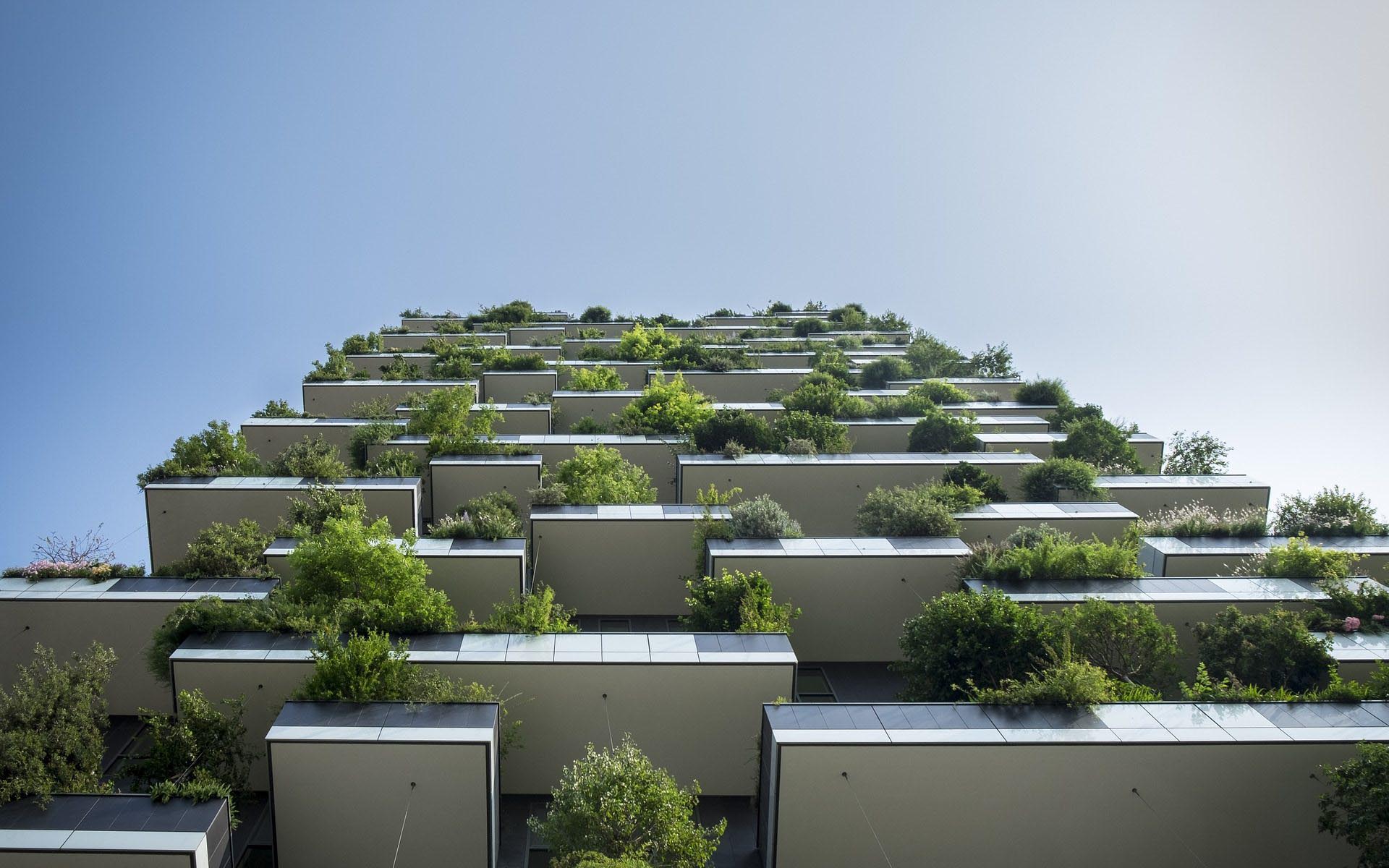
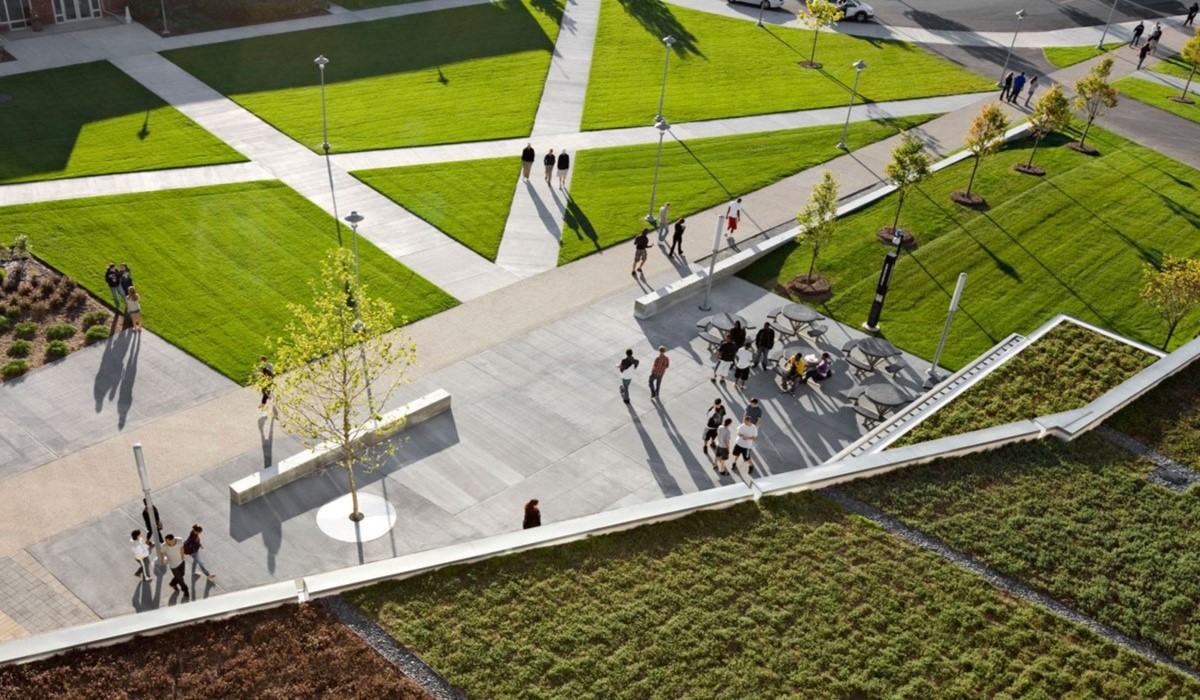

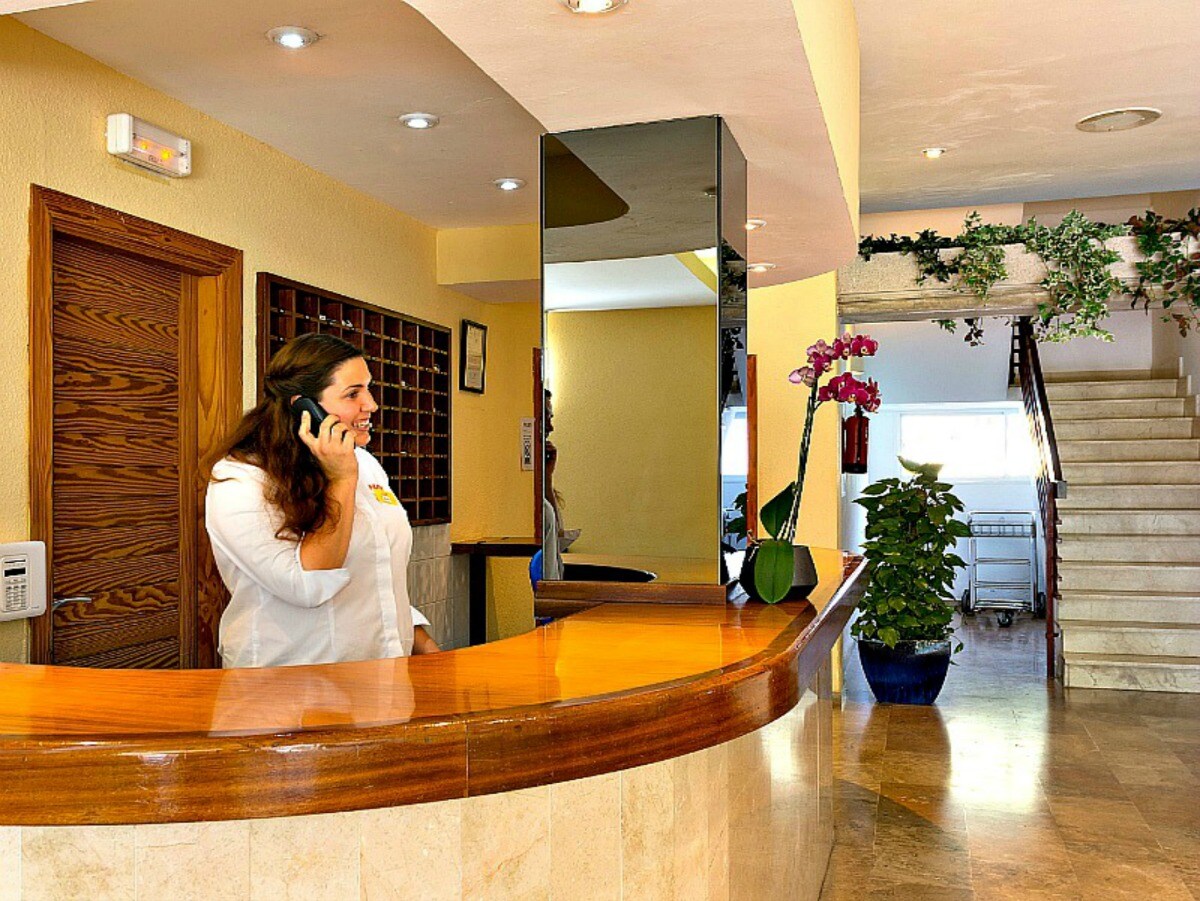
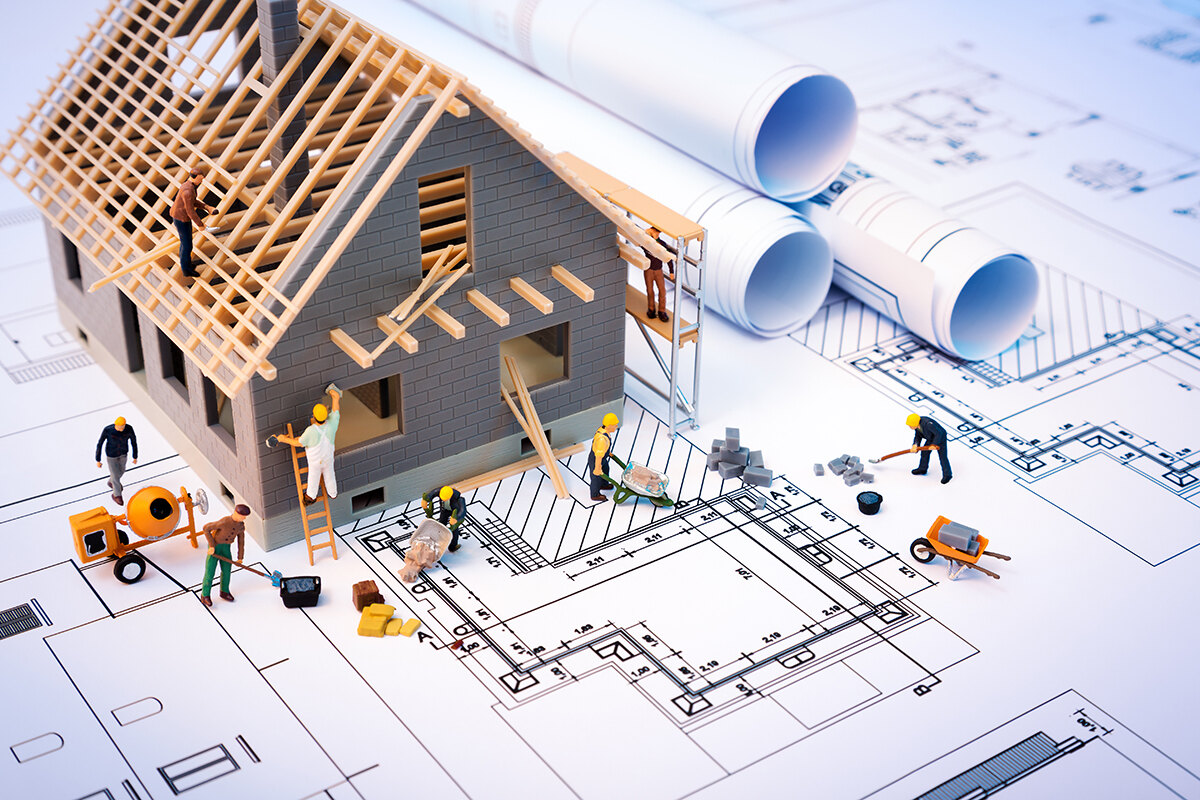
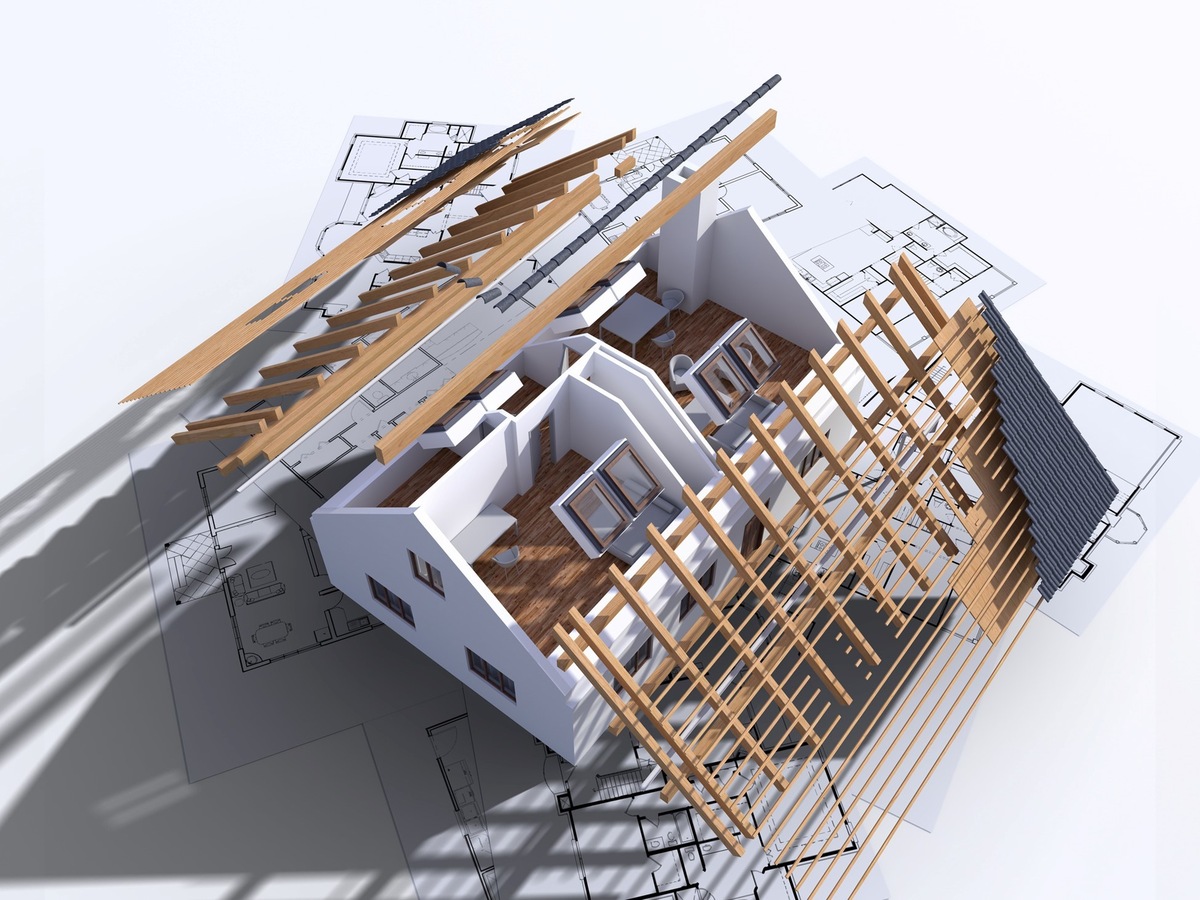
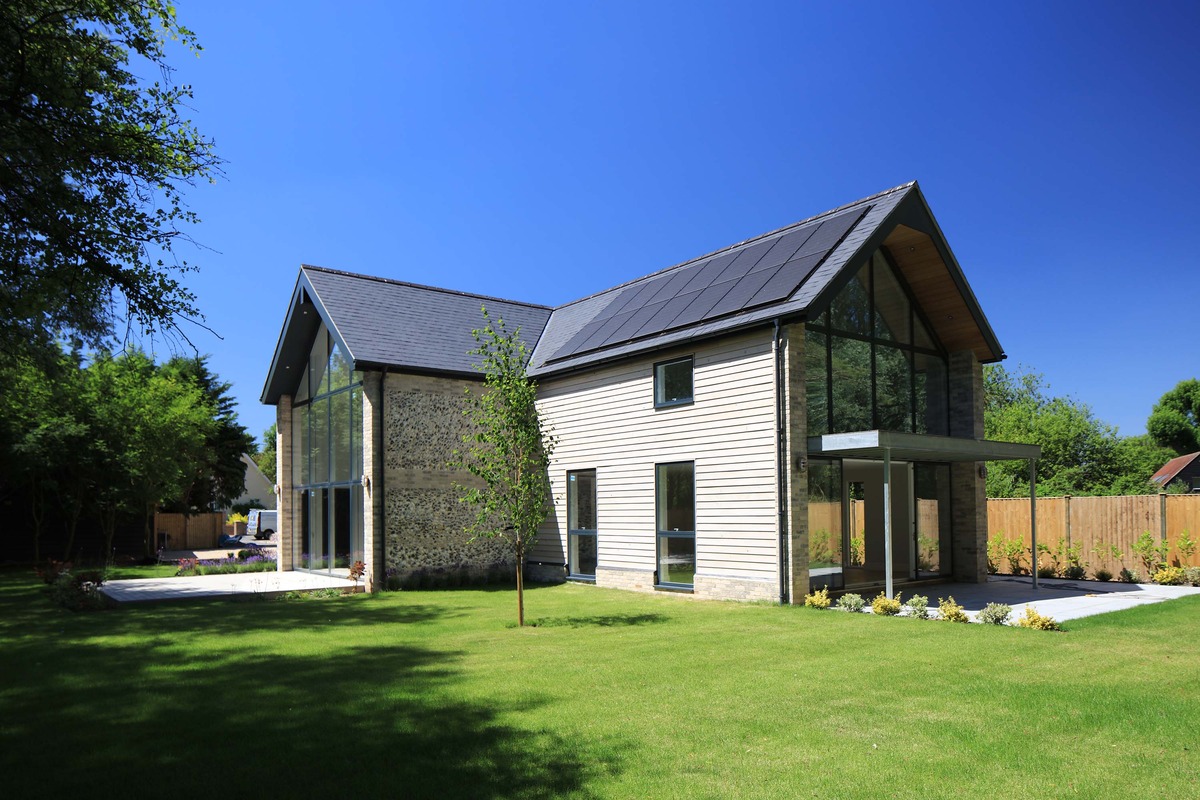

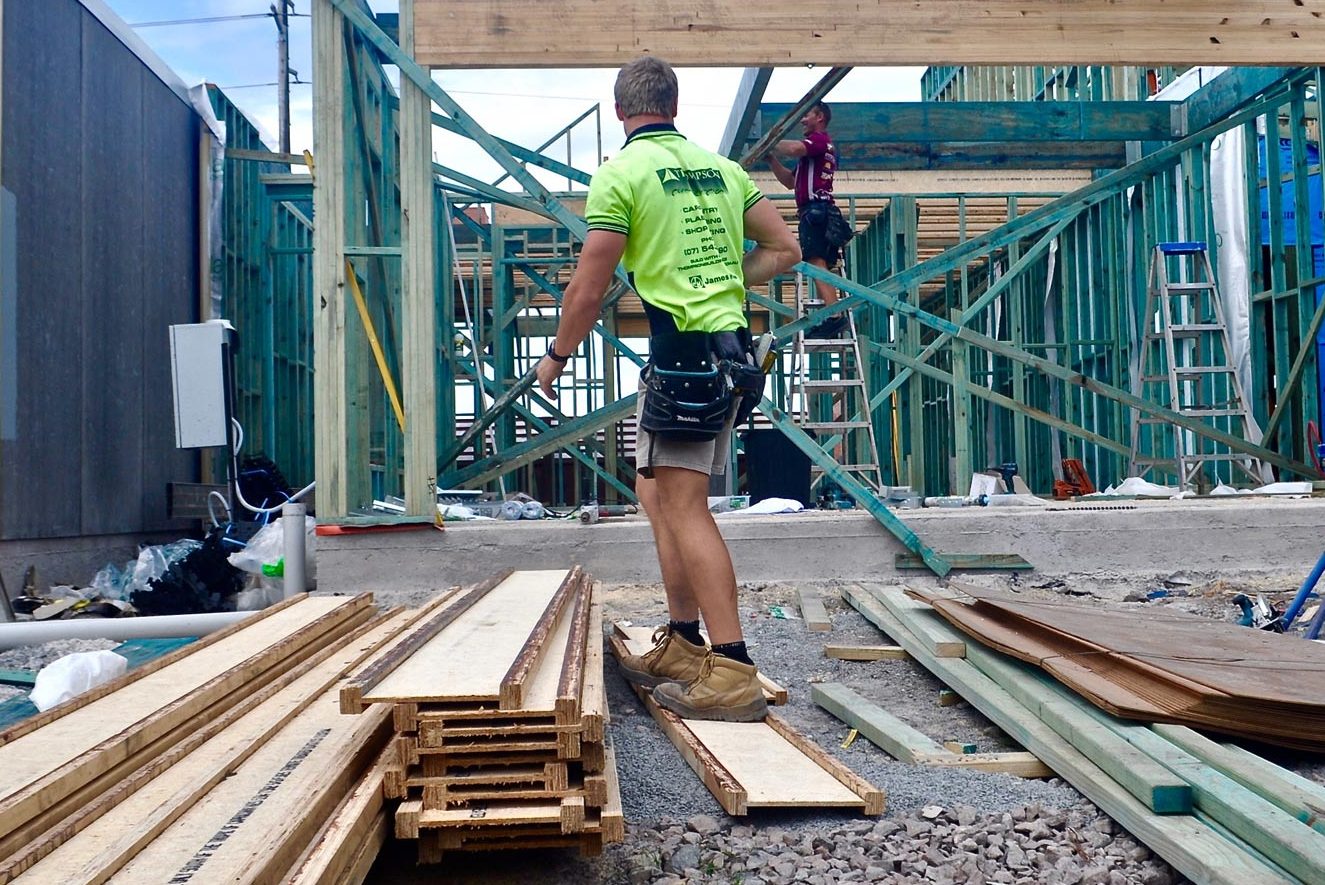
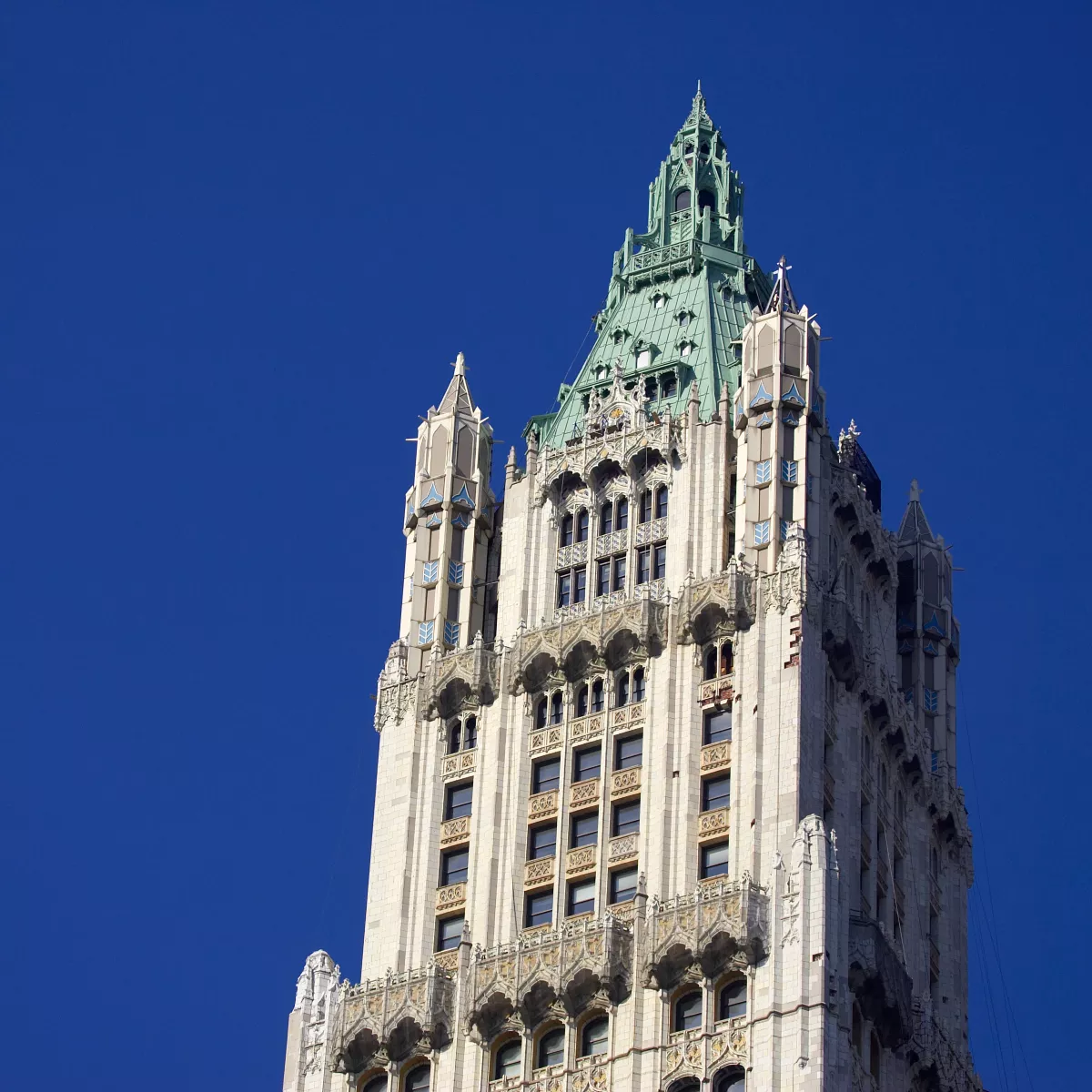
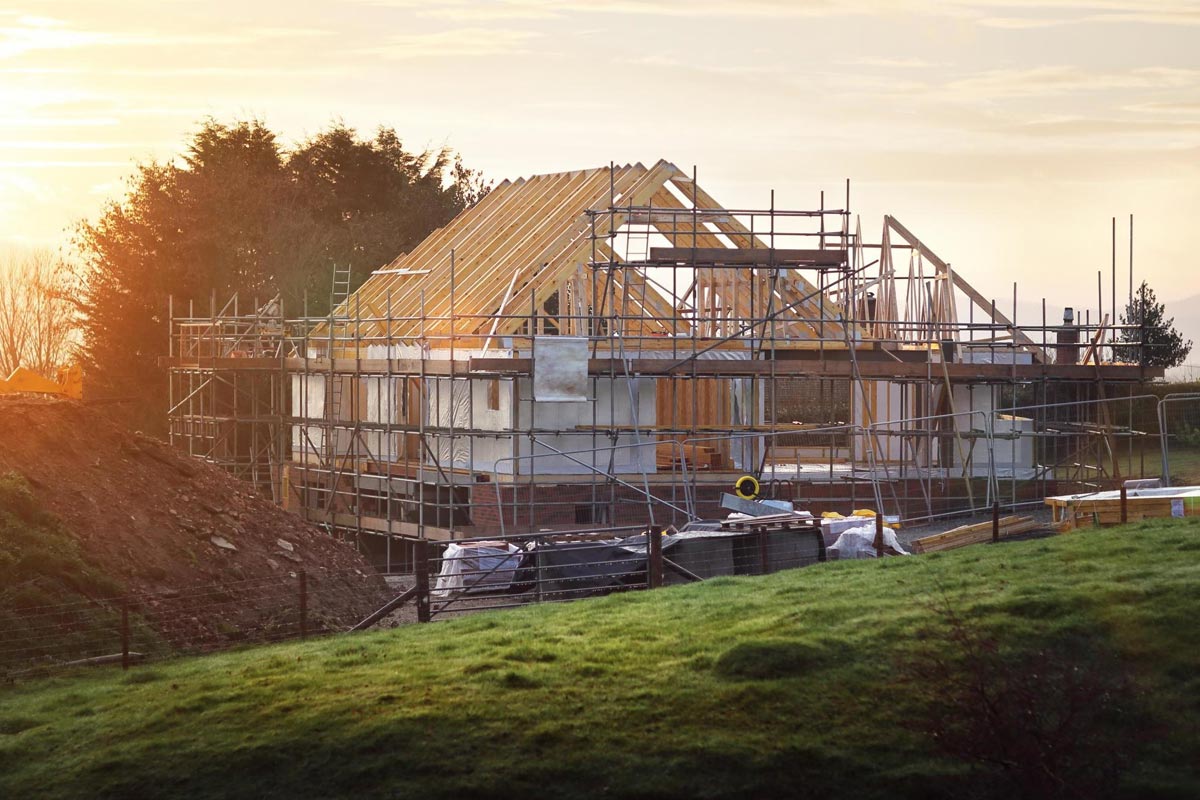
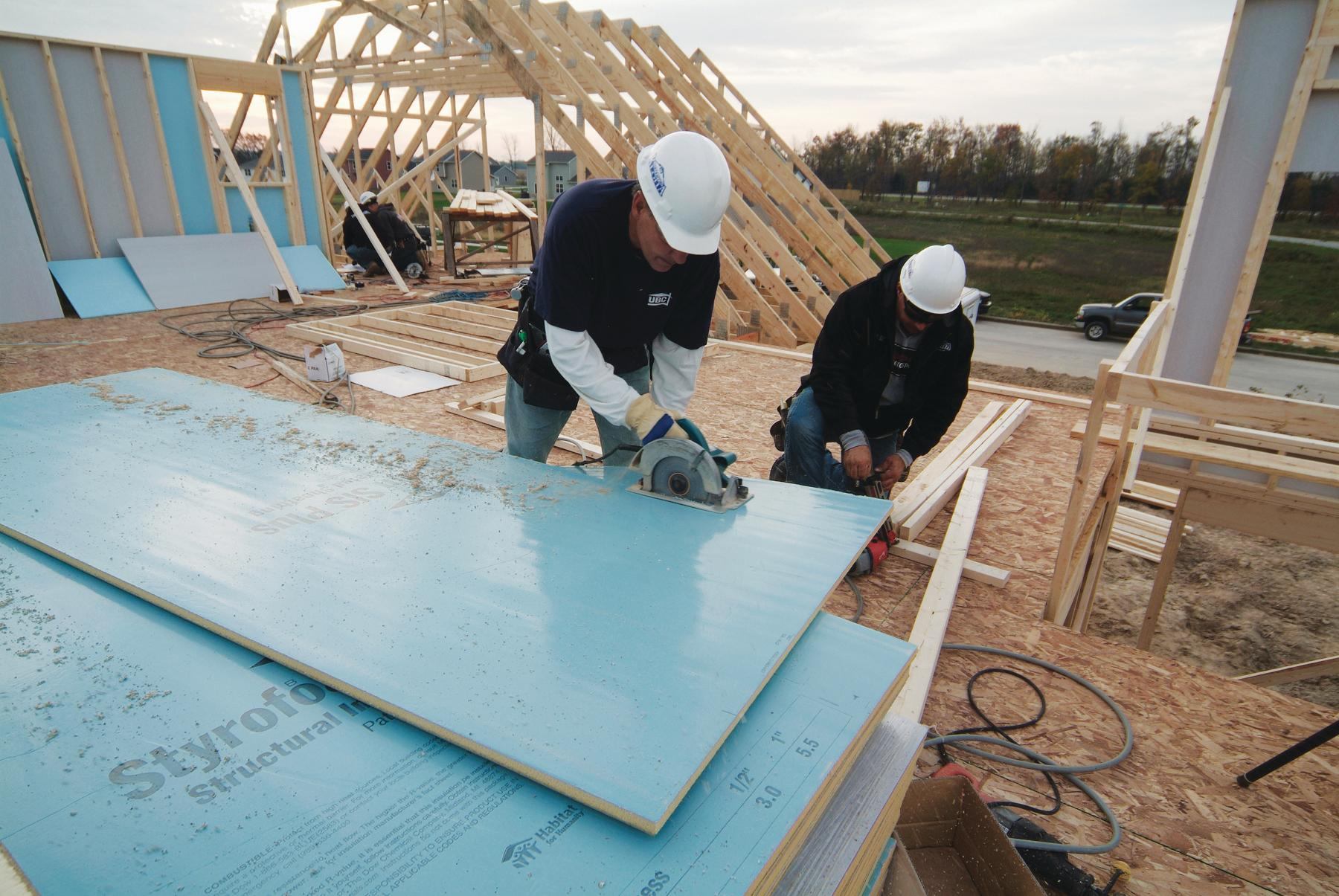
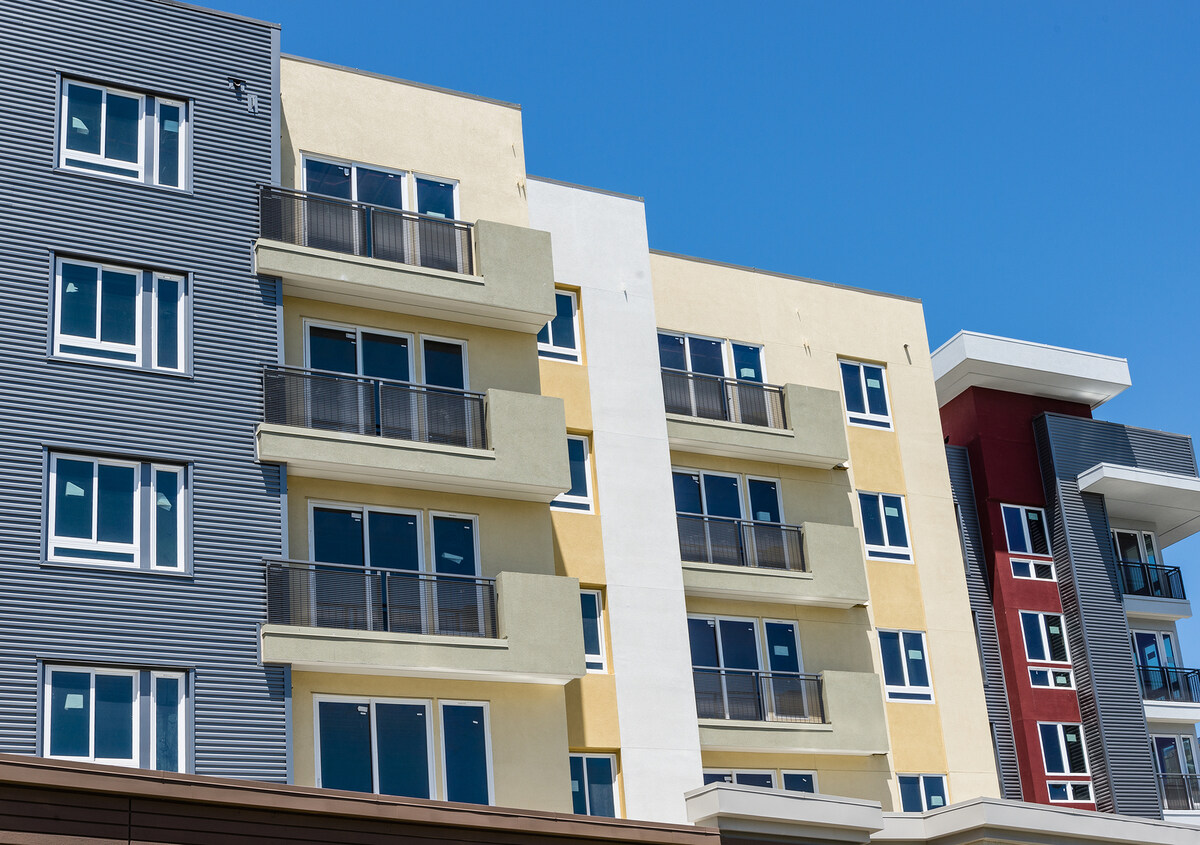

0 thoughts on “What Is Green Architecture? How To Build An Eco-Conscious Home”